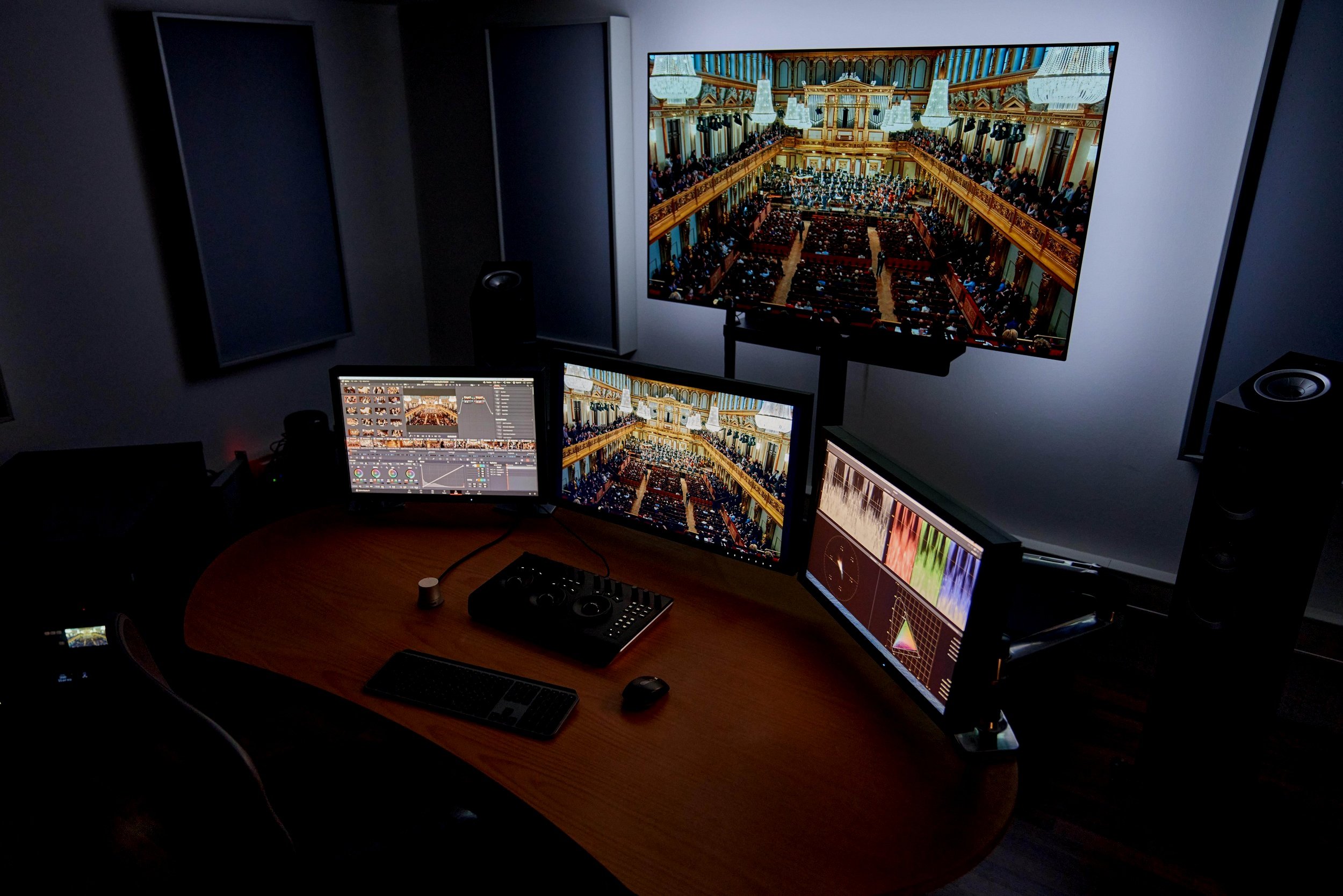
Video
Concert film or television production. We are leaders in the field of video post-production for music projects.
Dolby Vision Certified
Our team is Dolby certified and represents the highest quality.


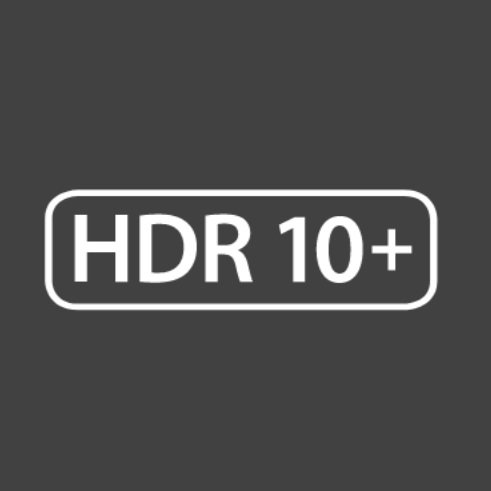

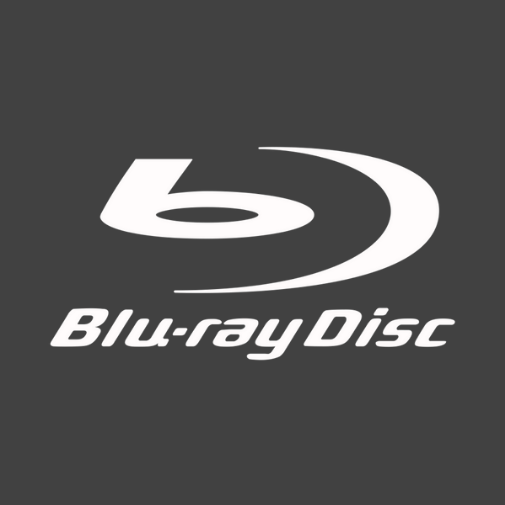
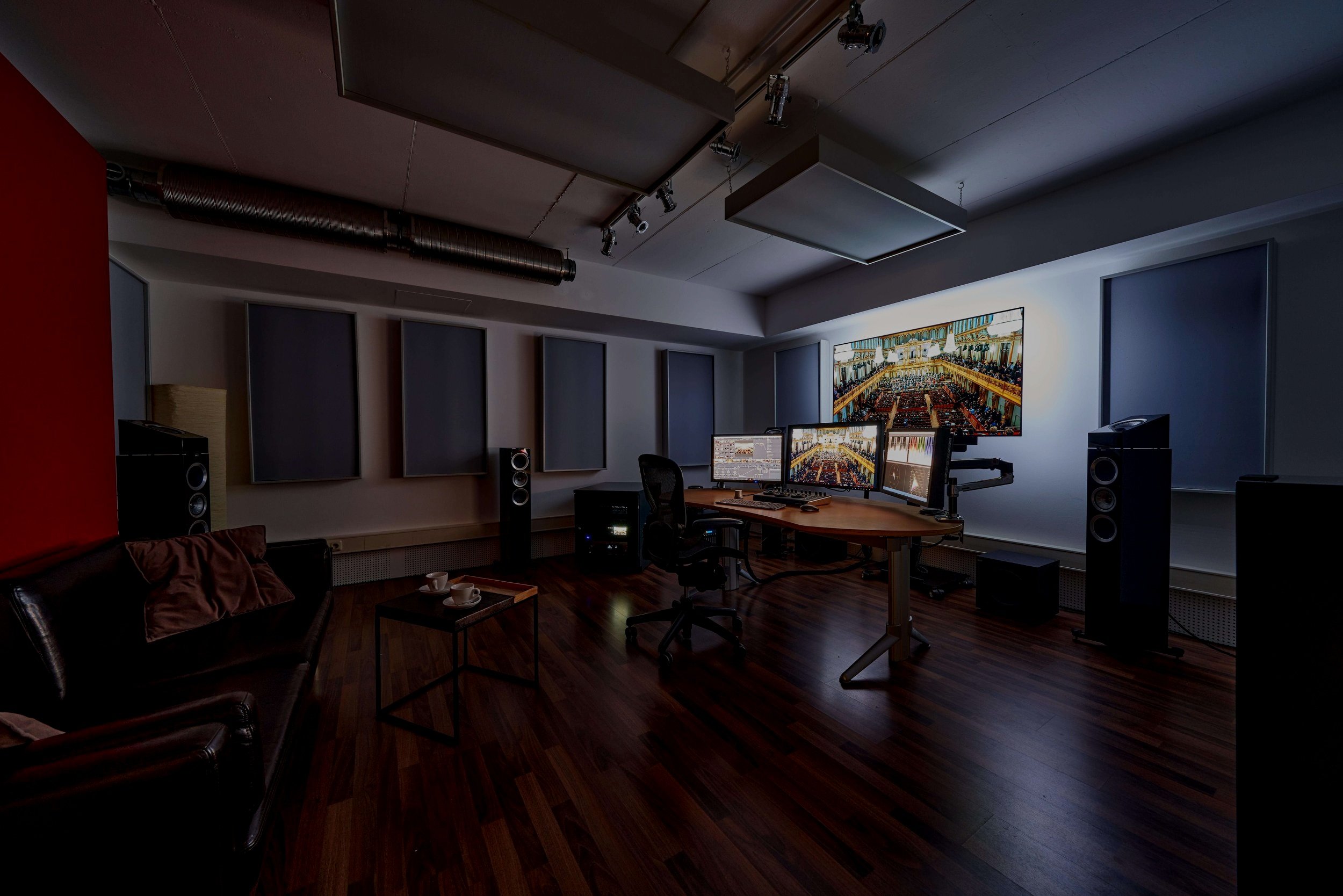
Services
-
Our edit suites are equipped with the latest technology. Depending on your requirements, we work in Adobe Premiere Pro, Avid Media Composer, Apple Final Cut Pro or DaVinci Resolve. We ensure maximum creative and technical flexibility as well as efficiency.
-
We give your film the desired look and prepare the footage in the best possible technical way. Whether in SDR or HDR, our calibrated monitors ensure maximum color fidelity.
More and more productions are already being shot and evaluated in HDR. Our HDR workflow offers maximum flexibility in terms of deliveries - whether Dolby Vision, HLG or HDR10/HDR10+. Even an SDR version can be created from the HDR grade at any time thanks to our workflow.
-
We assemble the finished production according to the technical specifications of broadcasters and video-on-demand portals and take care of the file handling.
-
An international release often makes it necessary to deliver the video in a different frame rate than was originally shot and produced. We have the necessary hardware and software to be able to do this in the best possible quality.
-
We create your Blu-ray. From encoding to menu design to authoring, we finalize your Blu-ray.
With over 20 years of experience in video post-production, we deliver highest quality. Our award-winning and experienced team masters all creative and technical processes.
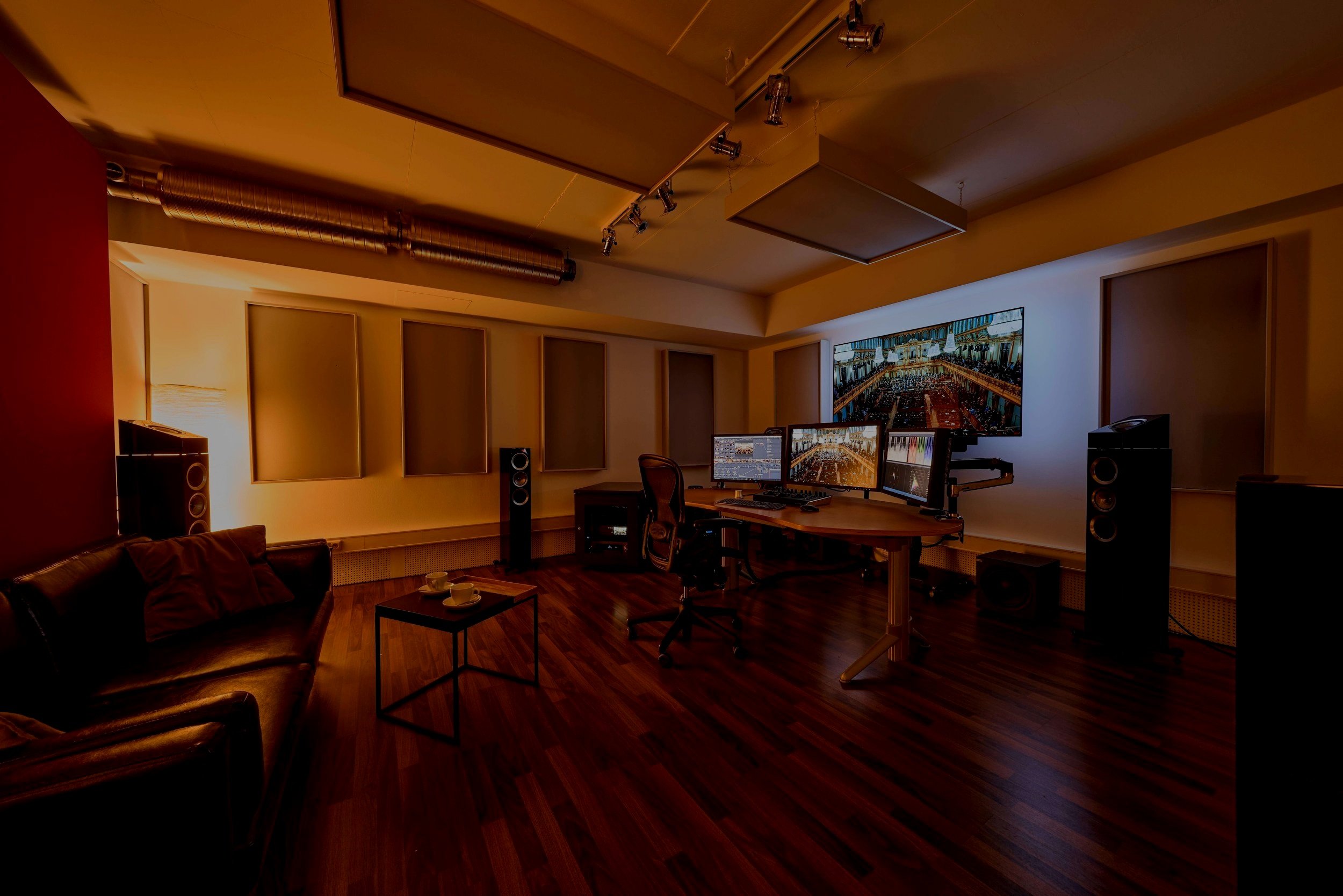
Ultra High Definition - High Dynamic Range
-
A format developed by Dolby with a color depth of 10 or 12 bit, a luminance of up to 10,000 nit and the use of the transfer function PQ. Dolby Vision uses dynamic metadata in order to transfer luminance information for each scene or even each frame to the TV.
-
HLG works without metadata and is basically compatible with SDR.
-
HDR(10) has a color depth of 10 bit, a brightness of up to 1,000 nit and, like Dolby Vision, works with the transfer function PQ. The disadvantage of HDR(10) are the static metadata. They describe the minimum, average and maximum luminance of the entire film.
HDR(10)+ uses dynamic metadata that can include luminance information for each scene or even each frame.
HDR(10) is not compatible with SDR.
